It is no secret that athletes are always on the hunt for tricks that will help them enhance sport performance. Whether it is training at high altitudes or switching up their diets, if you can name it, someone has probably tried it. As the years go by and new training techniques arise, some turn out to be successful, some are destined to fail, and others… well we just don’t know yet! Amongst those training techniques, one which has been recently grabbing the attention of many endurance athletes is: training in a fasted state, commonly known as “training low”. What is it? Does it work? Should you try it? If you’re looking for answers to these questions, read along!
Training in a fasted state - what is it & what is the principle behind it?
Simply put, training in a fasted state refers to exercising after not having eaten for an extended period of time. Although there are different ways of fasted training, the most common way is to train in the morning when your last meal is dinner.

The principle behind fasted training is to utilize bodyfat as fuel instead of muscle and liver glycogen stores. After several hours of fasting, the body's glycogen levels drop dramatically while fatty acids start to break down from fat to supply the majority of energy for skeletal muscle. Although our bodies naturally prefer to feed on carbohydrates, dietary fats are able to provide energy to the brain and the body in a safe way. Basically, when the body does not have enough glucose from the diet for energy, it burns stored fats instead.
Why do people train low?
Most endurance athletes swear by carbs, making sure that their glycogen stores are fully loaded before training or racing. While glycogen is still considered premium endurance fuel, endurance athletes are trying to tap into the vast reserves of body fat as an energy source to spare carbohydrate stores. Why? Well, adipose tissue can store up to 100,000 calories of energy! This almost infinite supply of energy is thought by many as a more long-term, sustained source of energy. In comparison, muscle glycogen provides 1,200-2,00 calories of energy: most people start to tap out of glycogen stores after around 2 hours of exercise. Of course, all athletes are different with regards to their ability to store carbohydrates and fat, dependent on their size, diet, exercise etc.
How to train low
There are multiple ways to train low, all of which have different metabolic effects with their own benefits and limitations.
The first and most popular way to train low is by exercising first thing in the morning after anovernight fast. When you wake up in the morning and haven’t eaten anything since dinner last night, your liver glycogen stores can go from roughly 90g to 20g, due to the brain’s glucose consumption while you’re sleeping. Although most of your liver glycogen stores are depleted, muscle glycogen remains high.
Another well known train-low method is to train twice a day. The first workout will lead to muscle glycogen reduction while the second training session acts as the “train low” one. To successfully achieve glycogen depletion in this case, individuals must limit or fully avoid carbohydrate intake between training sessions, which will help favor burning fat as fuel.
Other methods of training low include eating a low-carbohydrate high-fat diet or performing a long training session with no carbohydrate intake.
Pros of fasted training
Perhaps the biggest reason endurance athletes might try fasted training is to avoid the feeling of “bonking”, which occurs when carbohydrates stores are depleted. It has been shown that aerobic exercise performed in the fasted state induces higher fat oxidation than exercise performed in the fed state. Therefore, ultra endurance athletes can adapt to perform with low glycogen levels by having the body favor fat as fuel. This could mean a more consistent stream of energy, and represents a point of interest for athletes who want to lose weight.

While incorporating training in a glycogen-depleted state has been shown to increase your body’s ability to utilize fat as an energy source during exercise, there is little evidence showing its advantage during exercise itself. More research must be done to develop training protocols that demonstrate clearly its performance benefits.
Cons of fasted training
Although the prospect of having a seemingly endless supply of energy is appealing, there are many downsides to fasted training. Training in a fasted state can negatively impact your training performance sincefat is not as readily broken down, as compared to glycogen. This means that fasted training limits the intensity of exercise, mainly affecting the performance of anaerobic activities. Additionally, training in a fasted state can alter your perception of tiredness, making it feel harder to train for long periods of time. Other possible negative side effects that can occur include increased muscle fatigue, increased muscle loss, decreased energy levels during training, and an overall decrease in athletic performance.
As of now, there is no solid evidence in support of fasted training. It has been repeatedly shown that training with low muscle glycogen reduces training intensity and is less effective than training with high muscle glycogen when it comes to performance.However, fat oxidation has been proven to increase after consistent training with low muscle glycogen, due to enhanced metabolic adaptations in skeletal muscle.
Tips on training low
If you do decide to give training low a try, we’ve compiled some practical tips that may be helpful to consider.
First,decide if training low is worth trying. Because training in a fasted state is not appropriate for high-intensity workouts and competition, it would be more beneficial to stick to a higher carbohydrate diet, as carbohydrates provide faster energy. Train low if you are doing a lower intensity but longer workout.
Second,don’t make drastic changes to your diet. In other words, don’t go from training in a fed state every day to training in a fasted state all of a sudden. Instead, balance periodic train-low workouts with train-high ones. By making slow, gradual changes, you will avoid some of the negative side effects of training low such as a loss of muscle mass, negative effects on the immune system, and mood swings.
Third,increase your protein intake. One of the disadvantages of fasted training is the increase in muscle protein breakdown. To counteract this, it is important to consume a diet that is high inprotein. Ideally, consume a rich protein source, such as cricket protein, during the meal following the fasted workout to optimize recovery.
These are a few important tips to consider before making the train-high to train-low switch. Remember that if you don’t do it correctly, your body could end up burning muscle as your source of fuel!
Final takeaways
This article outlines what it means to train in a fasted state, by explaining the concept behind it, why it is gaining popularity, how to do it, as well as the pros and cons of doing so. While this dietary approach is possible, all athletes are different and what works for some may not work for others. Whatever diet you decide to follow, keep in mind other aspects ofproper nutrition: a diversity of food sources, less processed foods, complete protein sources, and high fiber foods! Want to follow theentovegan diet? Become #cricketpowered today!




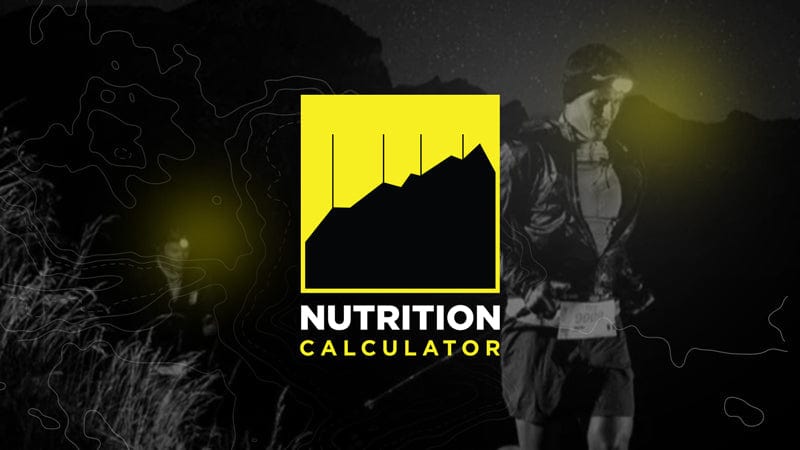
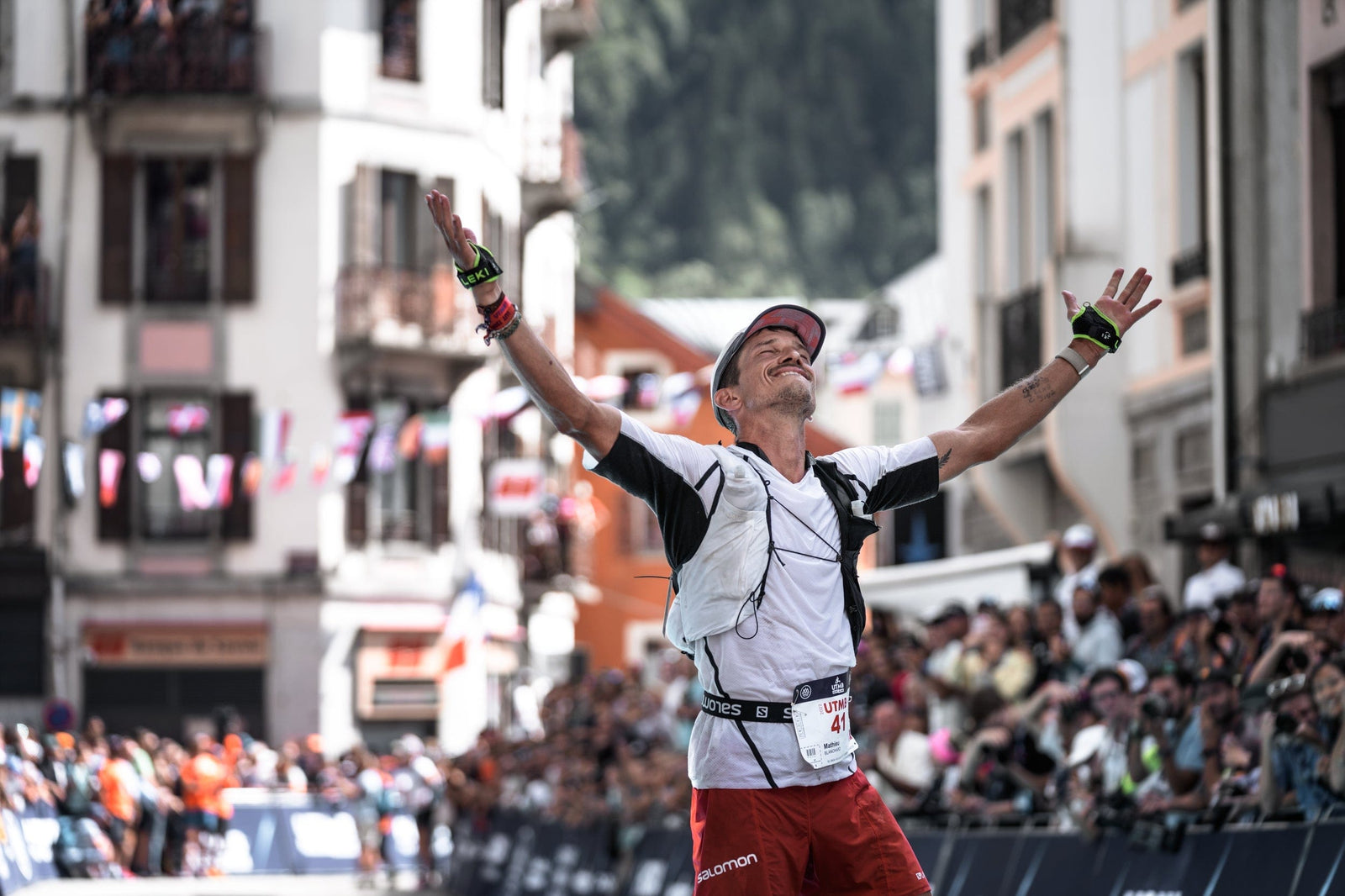










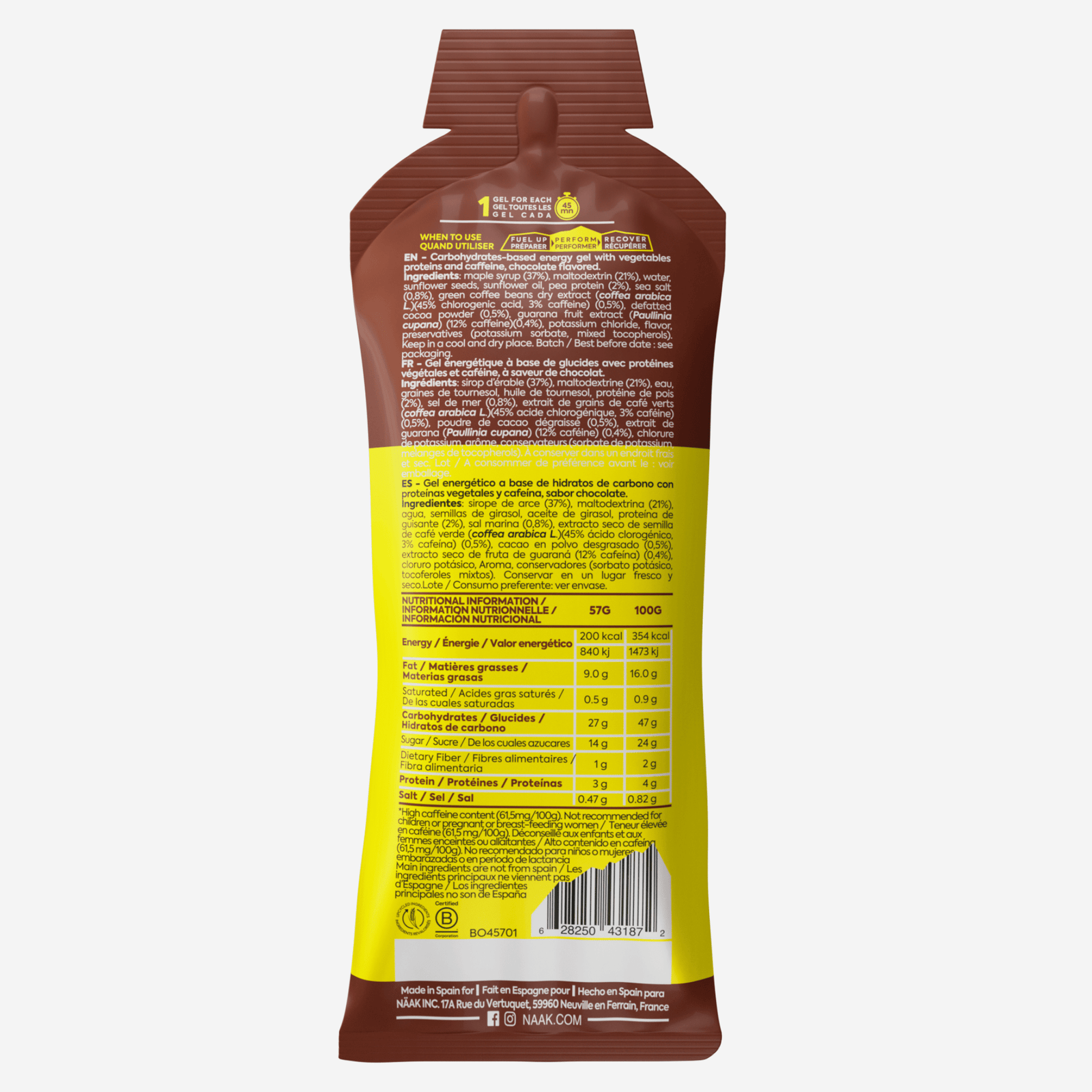
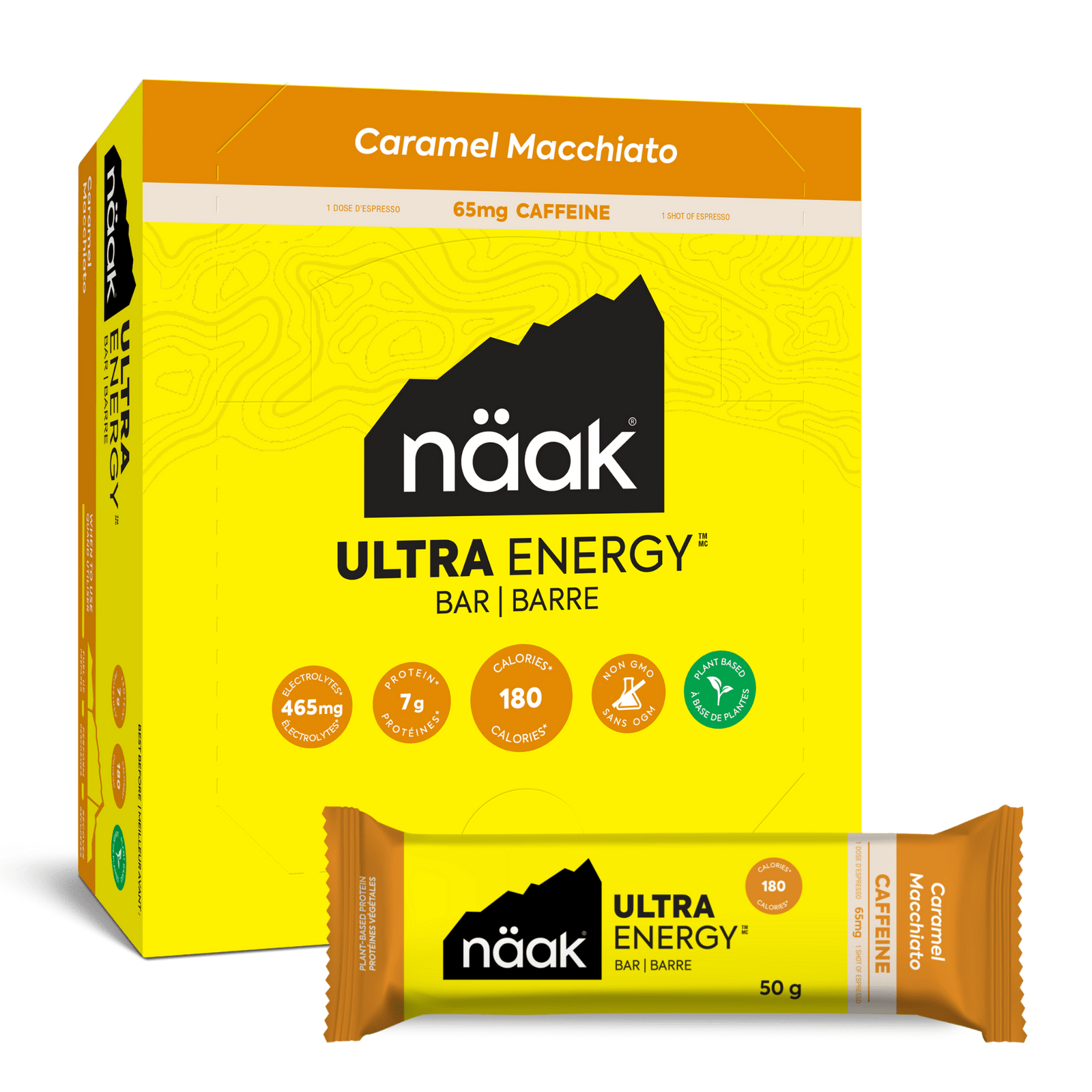
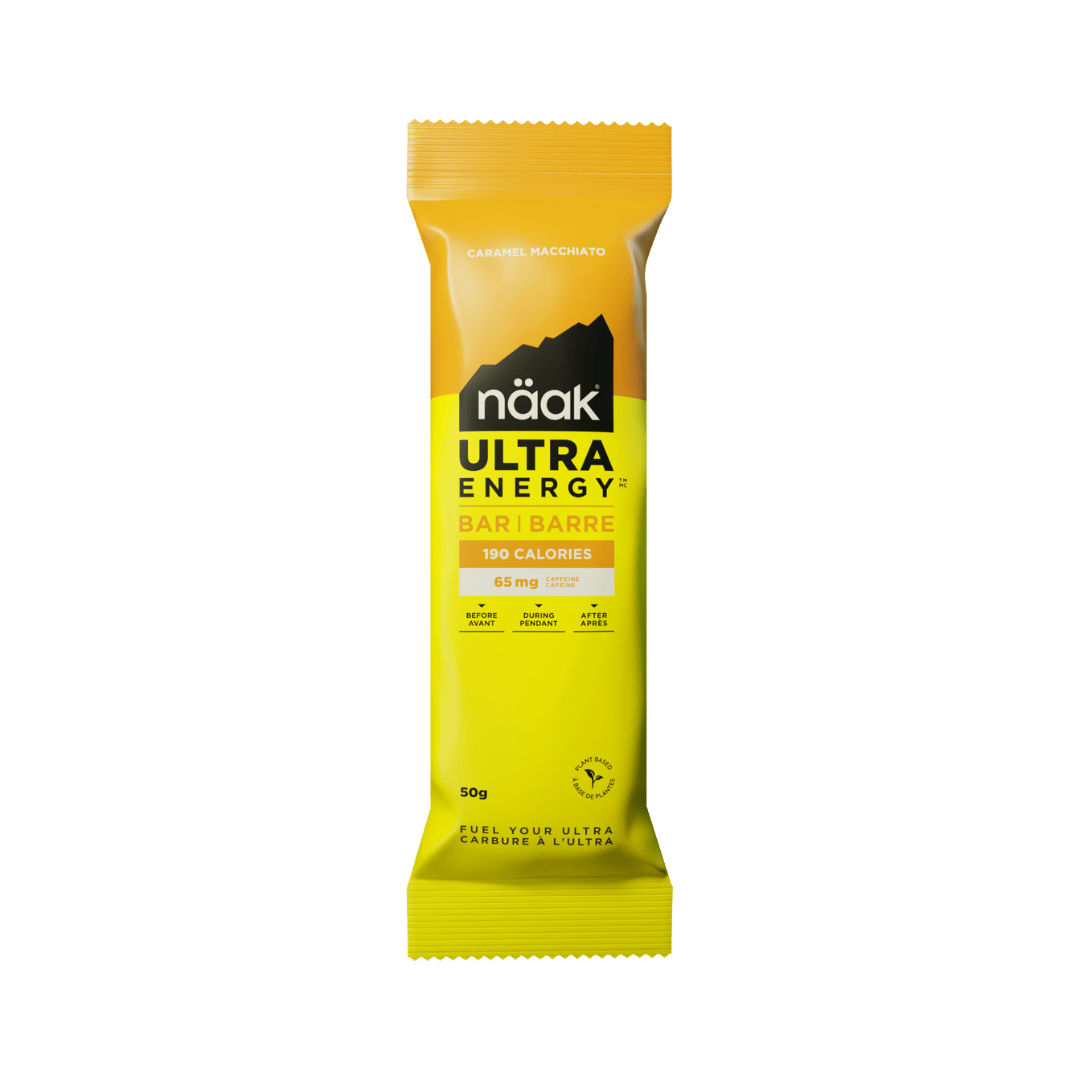
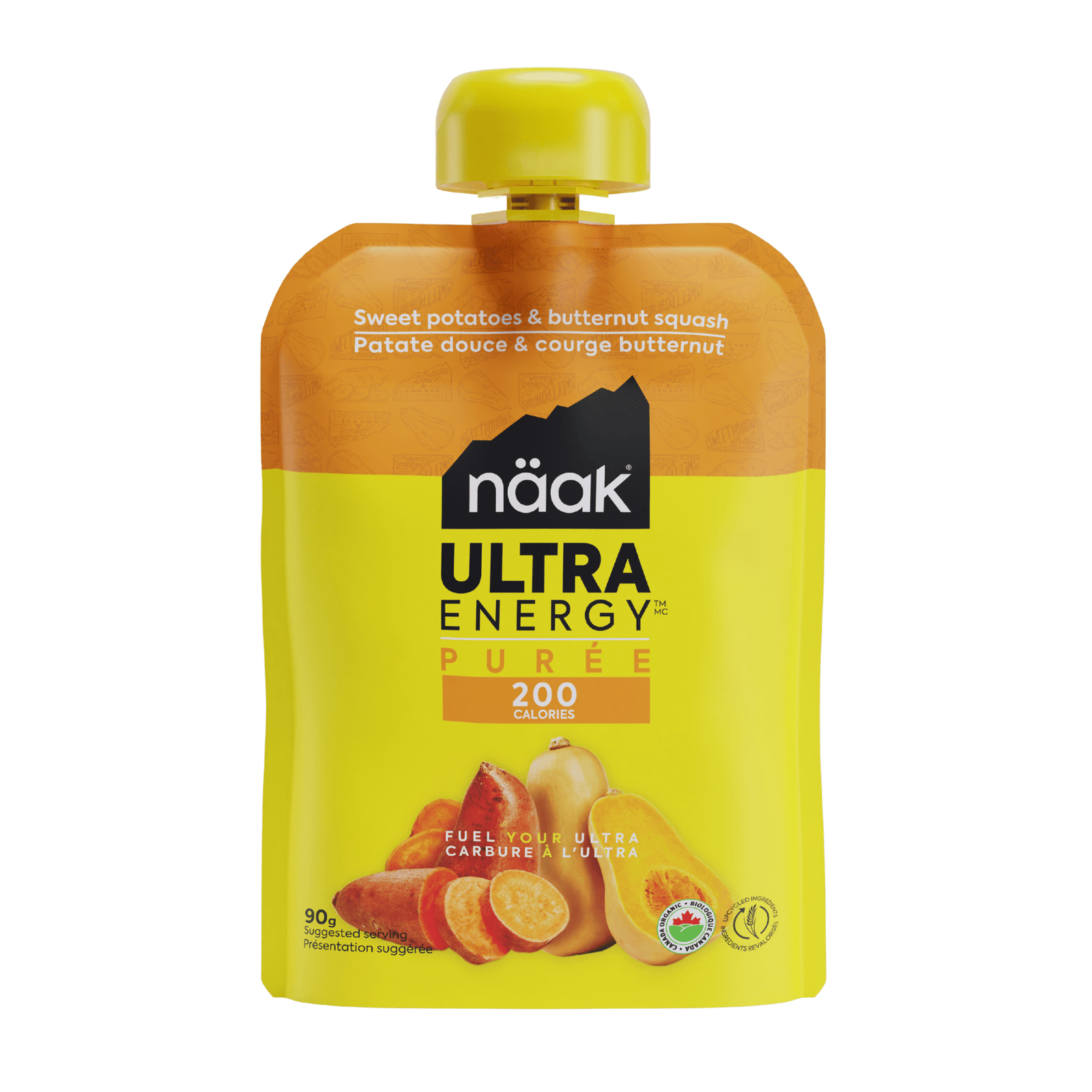

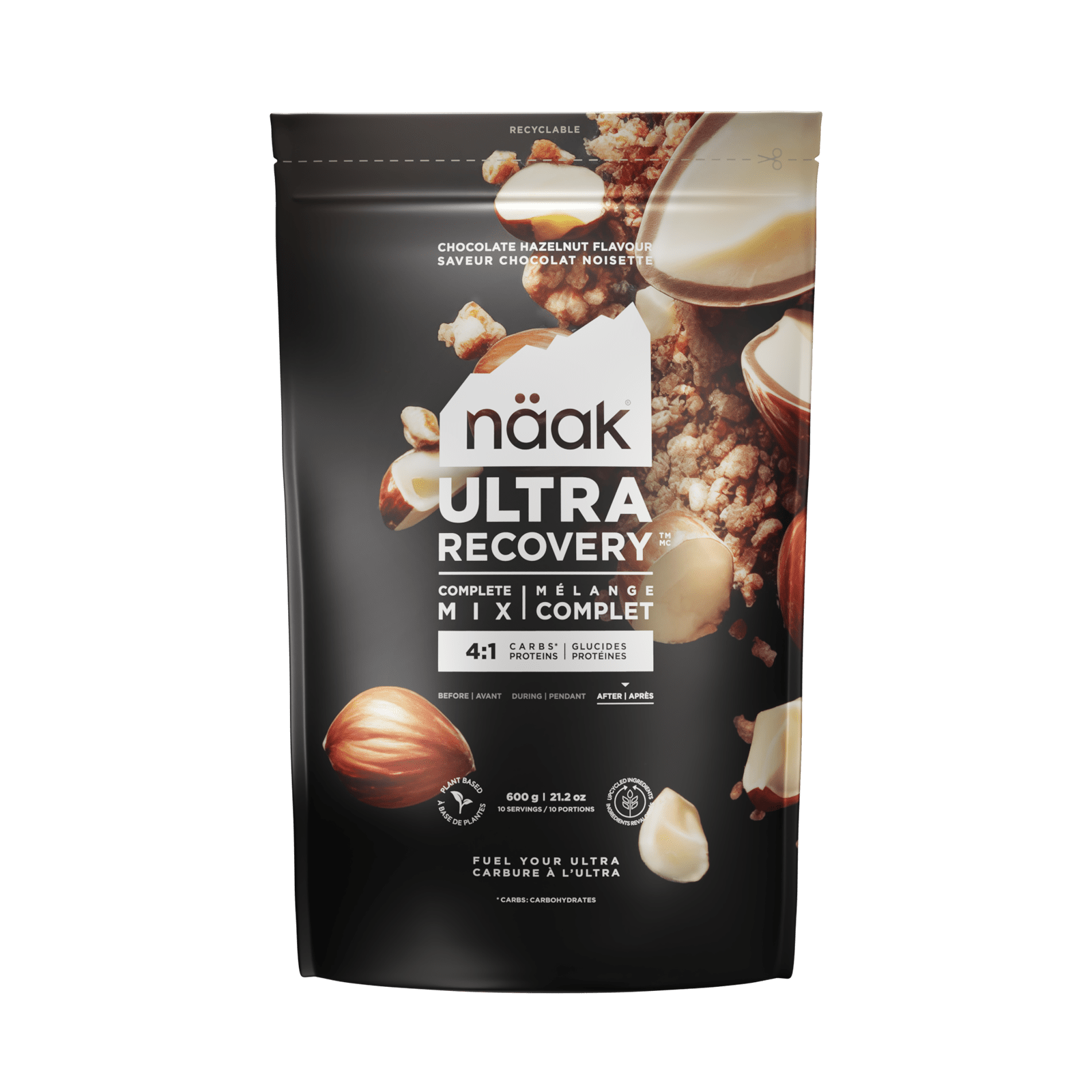

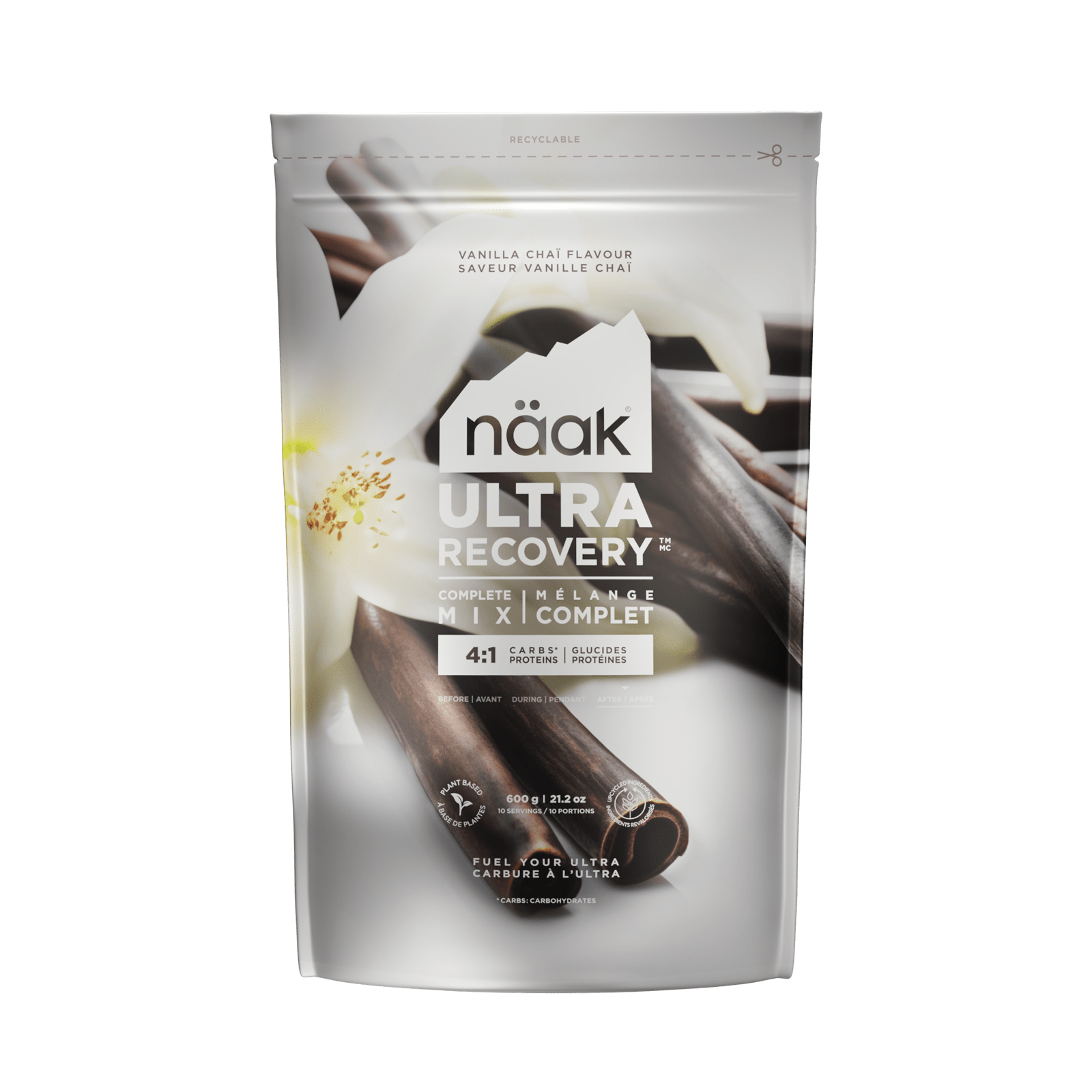
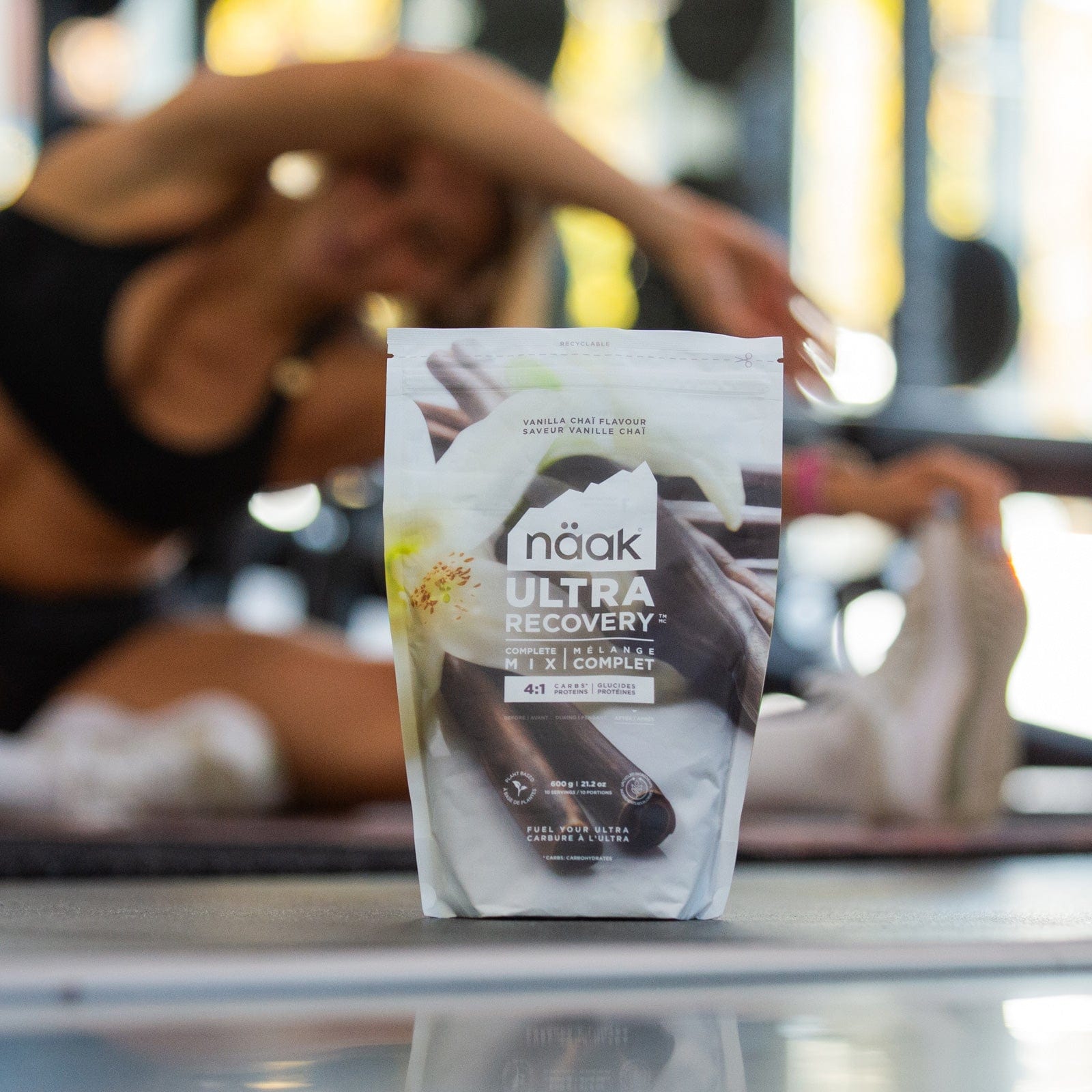

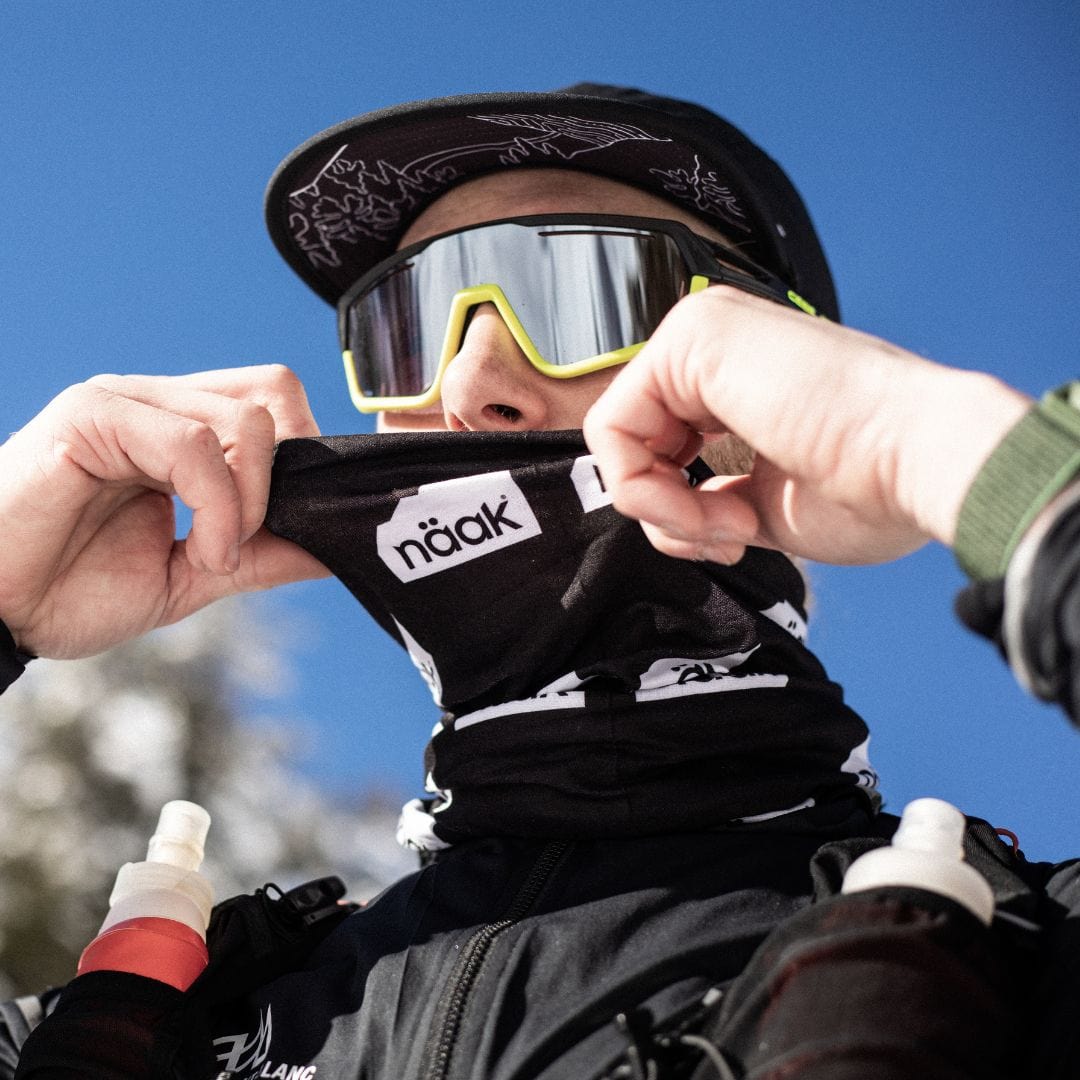
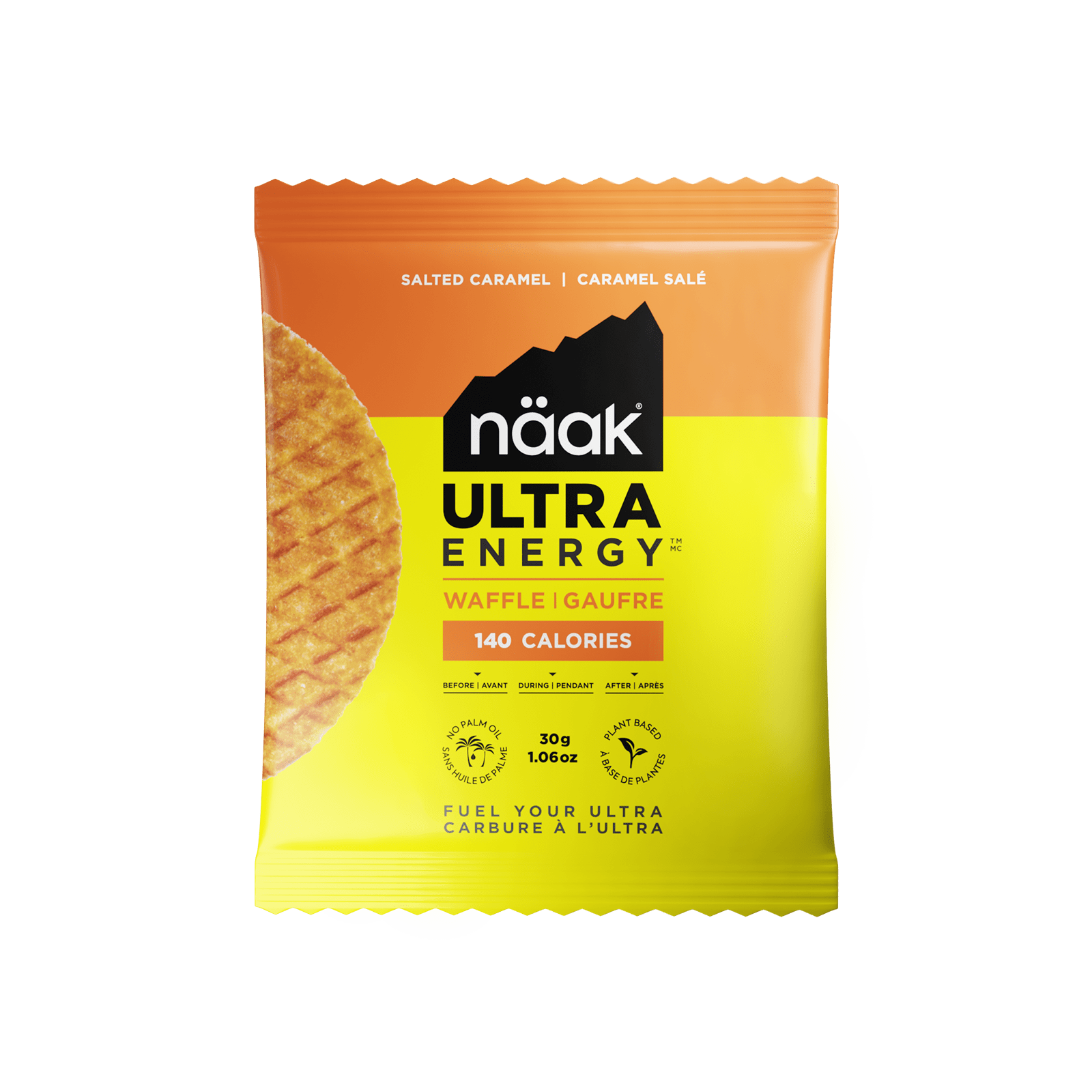
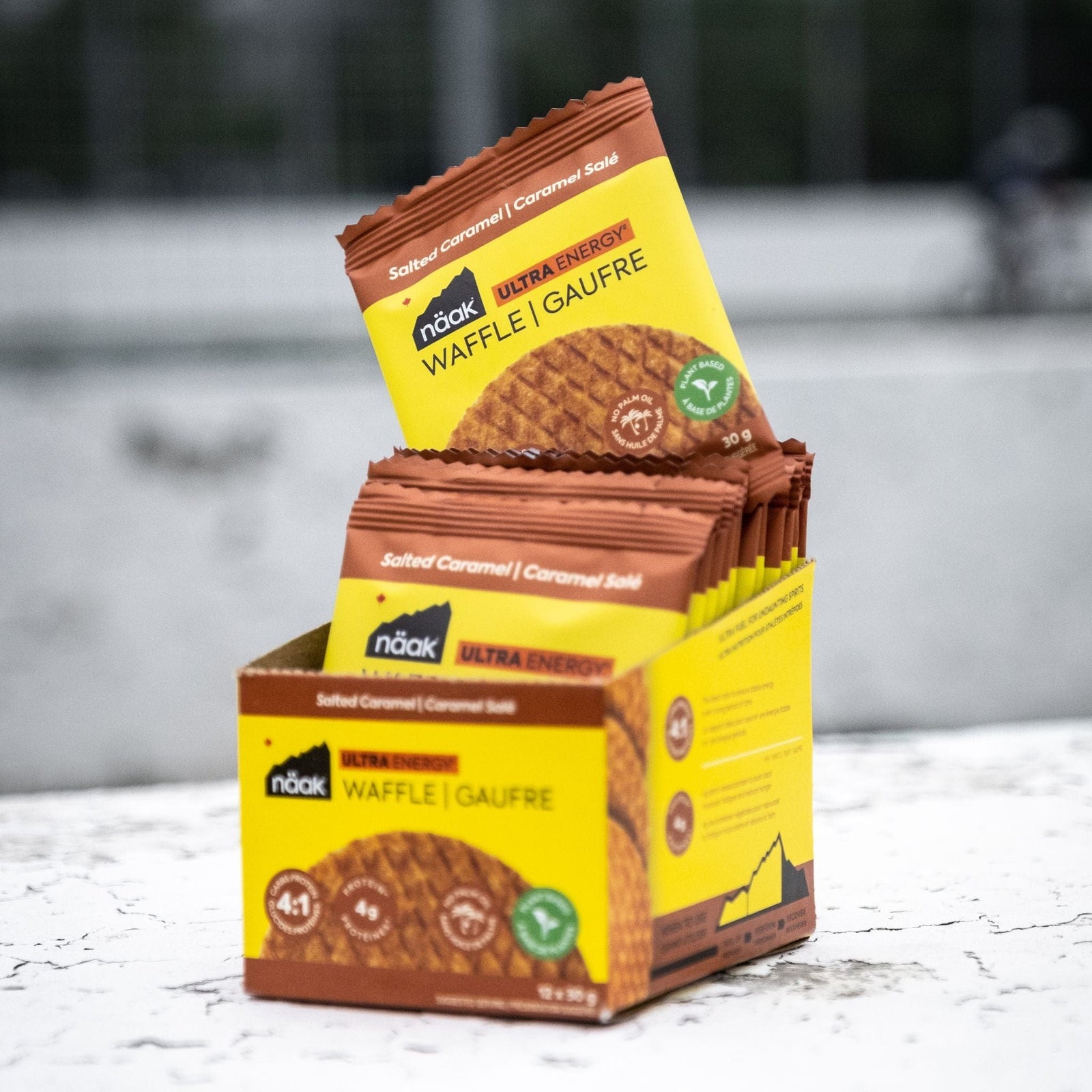


Laisser un commentaire